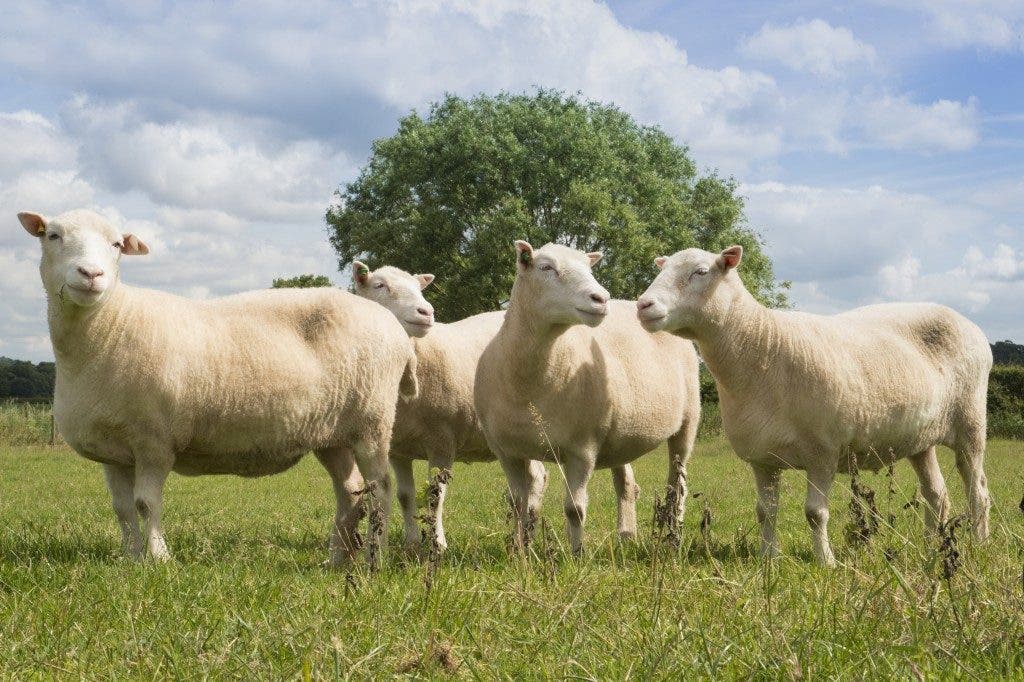
In an age where cloning animals is becoming more common and human genetic modification is right around the corner, scientists are still trying to figure out how safe the cloning process is. Now, three weeks after the 20th anniversary of the birth of Dolly the sheep, a study by researchers from The University of Nottingham suggests that four genomic clones of Dolly reached their 8th birthdays – around 65 in human years – with no health problems.
The four Finn Dorset sheep – also referred to as the Nottingham Dollies – are named Debbie, Denise, Dianna and Daisy. They were born in 2007 during the research of the late Keith Campbell, who was attempting to improve the efficiency of the somatic-cell nuclear transfer (SCNT) technique. Using the mammary gland cell line that led to the birth of Dolly, Campbell successfully cloned the Finn Dorsets.
The new research is the first detailed examination of age-related non-communicable disease in cloned offspring and was led by Kevin Sinclair, a close colleague of Campbell’s from The University of Nottingham.
“Despite technological advances in recent years’ efficiency of SCNT remains low but there are several groups across the world working on this problem at present and there is reason to be optimistic that there will be significant improvements in future,” Sinclair said.
“These improvements will stem from a better understanding of the underlying biology related to the earliest stages of mammalian development,” he added. “In turn this could lead to the realistic prospect of using SCNT to generate stem cells for therapeutic purposes in humans as well as generating transgenic animals that are healthy, fertile and productive. However, if these biotechnologies are going to be used in future we need to continue to test their safety.”
During the course of the study, the four clones underwent a series of comprehensive assessments for non-communicable diseases such as obesity, hypertension, and osteoarthritis. These assessments included X-rays, magnetic resonance imaging (MRI) scans, tests for glucose tolerance and insulin sensitivity, radio-telemetric assessments to determine heart rate and blood pressure and musculoskeletal examinations.
The results showed that the four clones showed no major health issues and no signs of premature aging – one of the early concerns of the cloned offspring. Although more research will need to be conducted until SCNT’s safety is certain, the current results are promising.
“It is well established that prior to conception and in the early stages of pregnancy during natural or assisted reproduction subtle chemical changes can affect the human genome leading to development and late-onset chronic diseases,” Sinclair said. “Given that SCNT requires the use of assisted reproductive procedures it is important to establish if similar diseases or disorders exist in apparently healthy aged cloned offspring.”
Journal Reference: Healthy ageing of cloned sheep. 26 July 2016. 10.1038/ncomms12359
Was this helpful?



